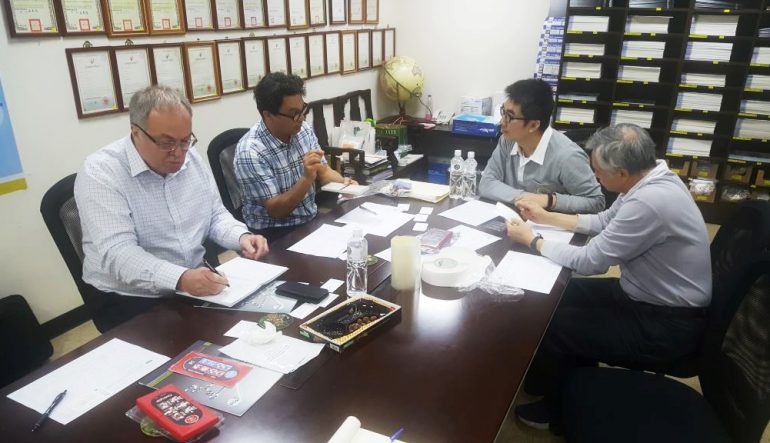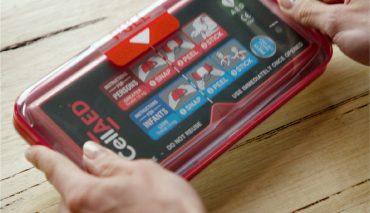From black mambas to personal defibrillators
Donovan Casey has always been a risk-taker.
Growing up in South Africa, at the age of two, he took himself on a solo adventure into the bush.
At four he set fire to the family kitchen and years later, was chased by the fastest snake in the world, a black mamba after he and a mate decided to explore storm drains.
“I knew I had to outrun the insects, rats and my mate to find a way out of there,” he recalls.
He’s been out-running most, taking risks and overcoming life’s challenges ever since.
Man on a mission
Co-founder of Rapid Response Revival, Donovan is a man on a mission.
After experiencing the trauma and stress of performing CPR to save his partner, Sarah Walke’s life in 2014, Donovan was determined to save the lives of millions of others. He and his Rapid Response Revival team are developing the technology and product to prevent people dying from sudden cardiac arrest (SCA) in their homes.
He knew that AED (automated external defibrillator) technology had not significantly improved in the decades since the devices were first introduced. Available AEDs were too bulky, inaccessible, unaffordable and unavailable in households, where they were most needed, as 80 per cent of these events occur in the home.
RELATED ARTICLE: Cardiac arrest isn’t someone else’s problem
Following Sarah’s sudden cardiac arrest, Donovan spent months doing research, trying to come up with a solution. For example, could paramedics deliver AEDs on bikes? Could he adapt ubiquitous cellular phones with the right electronics to give them AED functionality as there were more cellphones in the world than humans?
“I realized some people would weigh up whether they wanted to destroy their $2500 Apple iPhone to save their partner’s life,” he joked.
He was determined not to compromise on the aesthetics and wanted the architecture and functionality of a mobile and phone case.
“I needed to change the risk model and develop a more portable product, at a lower cost, adapting from a multi-use device into a single use one”.
It wasn’t until he discussed this challenge with his Sydney University friend, now Rapid Response Revival co-founder, Erol Teber, who had an engineering and scientific background. Erol had a regulatory understanding and was able to look at standard electronic components, traditional nuts and bolts diodes and apply them in a different way, while adopting the aesthetics and functionality of a mobile phone.
“I wanted an empowering device that consisted of 2 pieces of plastic that could save a life by being glued to a chest. It had to be a device that could be usable by someone experiencing sensory overload and who had little survival training. It had to be low cost, easy to use and proximal and not too complicated in a stressful situation”.
It wasn’t a straight forward journey and he admits he was overwhelmed by the sheer scale of the challenge in some of the darkest periods.
“But, the more difficult it became, the more rewards and sense of satisfaction and being able to pivot to overcome many hurdles has helped us achieve the milestones along the way,” Donovan says.
“We currently have 42 different streams of activity. If we hit road bumps with some, the little nuggets of success keep us motivated and driving forward.”
Support along the way
Donovan remains convinced that his late Father, Norman who was one of his greatest supporters, is opening doors when things get really difficult.
“He always supported my endeavours, even to the end.”
Sarah, the partner Donovan saved, has also always been alongside him, supporting his vision.
“I suggested to Sarah we walk away from our successful business, putting our savings at risk and taking the great leap into the unknown to develop CellAED,” Donovan said. “She didn’t blink. Now we are so close to saving the lives of so many.”
It seems the risks Donovan has taken all his life and the guts he demonstrated to outrun the rats and snakes so many years ago, are now driving this man on his mission.
RELATED ARTICLE: CPR and defibrillation saves lives



